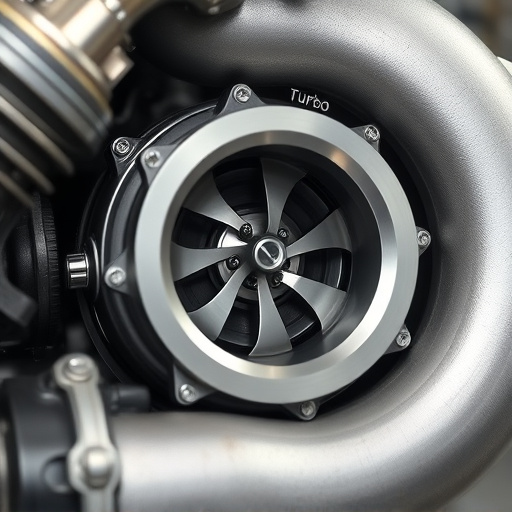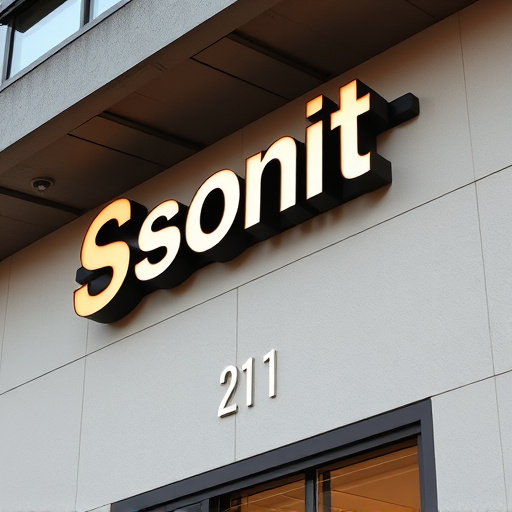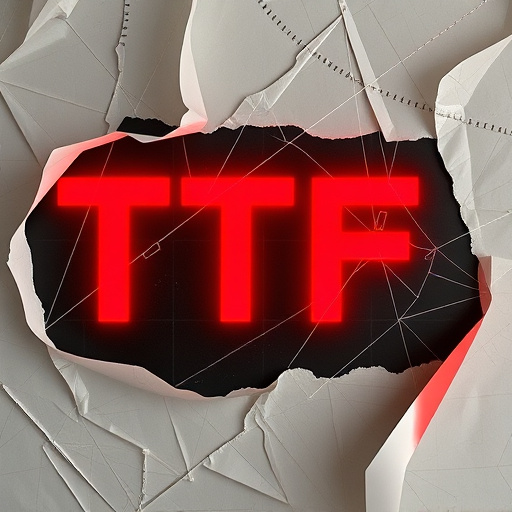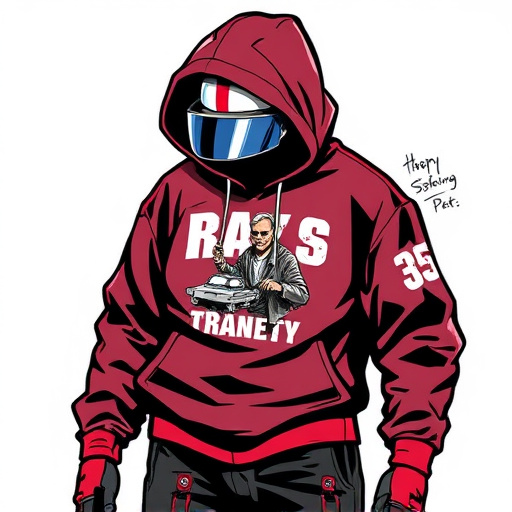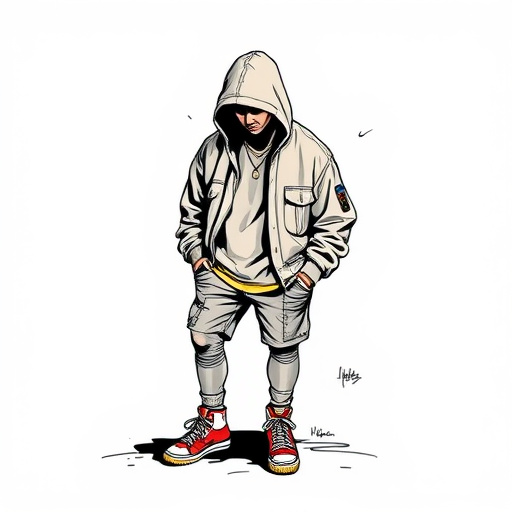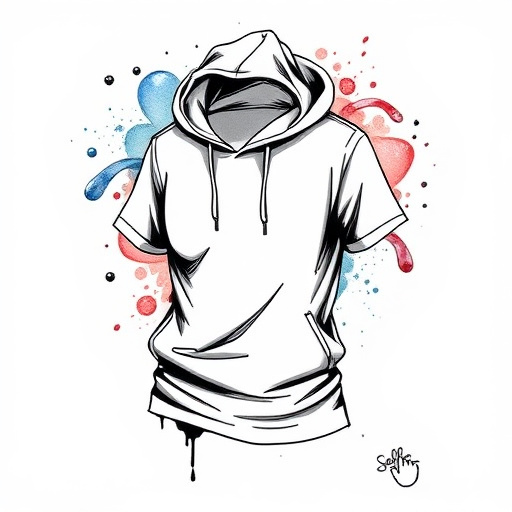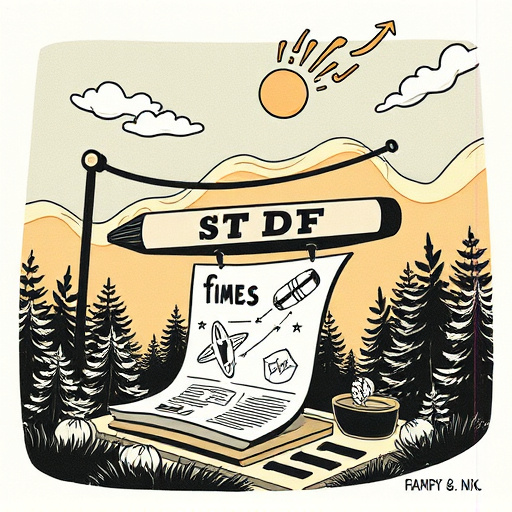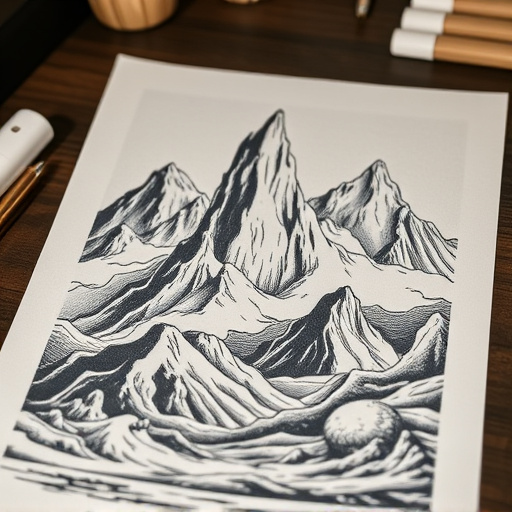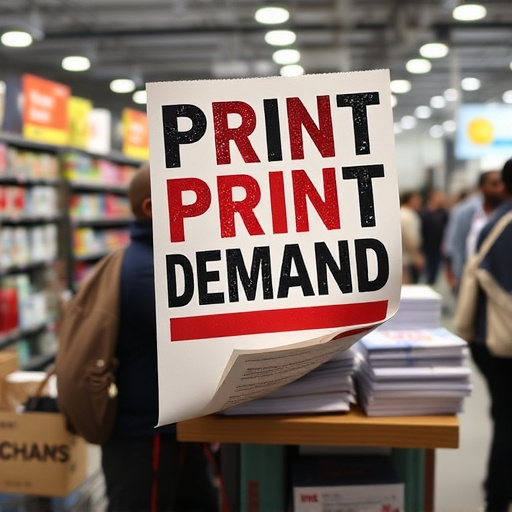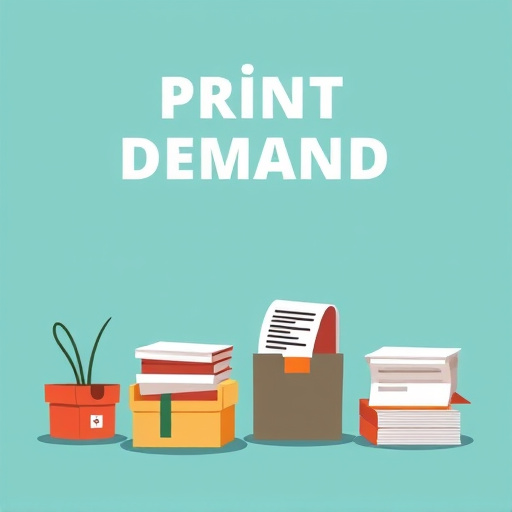DTF Cotton Printing prices vary based on design complexity, print area size, and number of colors used. Overhead costs, including material and equipment maintenance, also impact pricing. Setting competitive rates requires understanding market demand, competition, and local dynamics, balancing quality and affordability to attract clients and ensure profitability through strategic packaging and education on DTF printing's benefits.
Introducing our comprehensive guide on mastering the art of pricing your DTF cotton printing services. In today’s competitive market, understanding the intricacies of DTF cotton printing costs is crucial for both businesses and clients. This article delves into the factors shaping pricing strategies, offering insights to set competitive and profitable rates. From material costs to labor and design complexities, we navigate the landscape of DTF cotton printing to help you offer exceptional services while maintaining a healthy bottom line.
- Understanding DTF Cotton Printing Costs
- Factors Influencing Pricing Strategy
- Setting Competitive and Profitable Rates
Understanding DTF Cotton Printing Costs
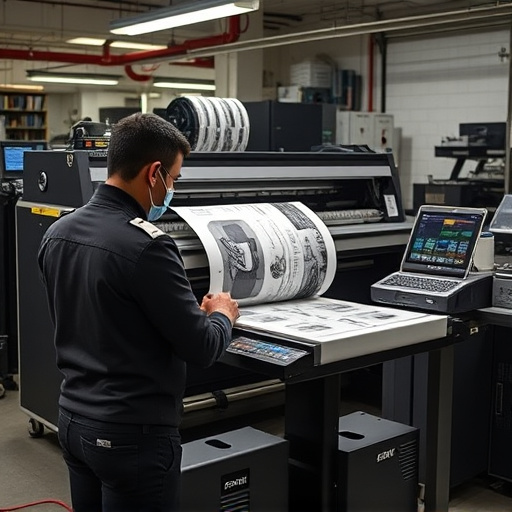
DTF Cotton Printing costs can vary significantly depending on several factors. Firstly, consider DTF printing for t-shirts or other fabrics — the price per print is influenced by the complexity of the design and the size of the print area. Simple, solid color designs will generally cost less than detailed, multi-colored images. The cost also scales with the number of colors used in a print, with each additional color increasing the overall price.
Additionally, dtf prints involve overhead costs that are separate from the printing itself. These include material expenses for cotton fabric, setup time for each order, and maintenance of your dtf printing equipment. For businesses offering custom t shirts, these costs can be passed onto customers, affecting the final pricing structure. Understanding these variables is crucial when setting competitive prices for your DTF Cotton Printing services.
Factors Influencing Pricing Strategy
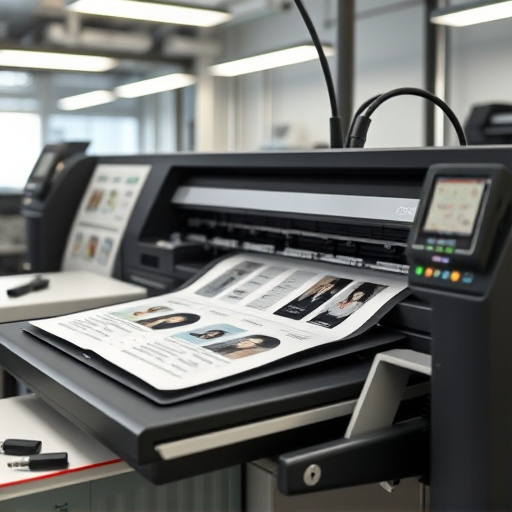
When pricing your DTF (Direct to Fabric) cotton printing services, several factors come into play and significantly influence your strategy. One key aspect is the complexity of design and artwork involved; intricate patterns or detailed illustrations require more time and skill, thus impacting the final cost. The size of the print area on the fabric also plays a crucial role; larger prints usually demand higher prices due to increased material usage and potential wastage.
Additionally, the type of DTF for apparel (or DTF printer) utilized can affect pricing. Modern, high-speed machines might offer economies of scale, allowing for lower per-print costs. The quality of the dtf transfer film used is another variable; premium films with better resolution and longevity can command a higher price point. Market demand and competition in your region also dictate rates, as does the availability and cost of raw materials like cotton fabric and inks.
Setting Competitive and Profitable Rates
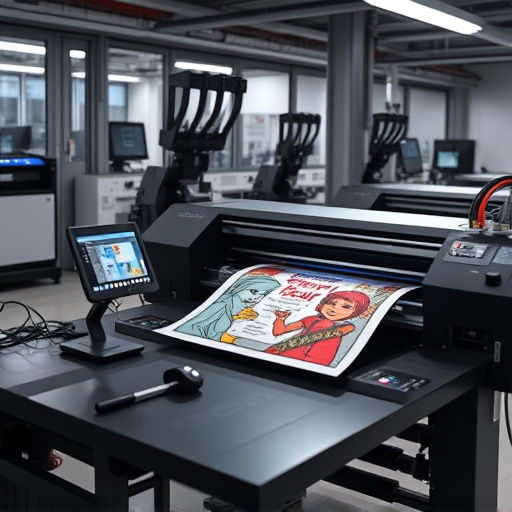
Setting competitive rates is an art when offering DTF Cotton Printing services. Understanding your market and target audience is key to pricing your services effectively. Researching local competitors provides insights into industry standards, allowing you to position your prices competitively while ensuring profitability. Consider factors like material costs, labor, overhead expenses, and the unique value proposition of your business. For instance, if you specialize in intricate designs for lightweight fabrics, you can command higher rates due to the specialized nature of the work, DTF printing.
Remember that customers often seek affordable options, but they also appreciate quality and expertise. Balancing these factors enables you to set rates that attract clients without undervaluing your skills. Additionally, offering packages or bundles for multiple print jobs can enhance customer satisfaction and encourage repeat business. Understanding the dtf meaning and its application in printing light fabrics will empower you to communicate your service’s value effectively to potential clients.
In conclusion, pricing your DTF cotton printing services involves a delicate balance between understanding production costs, market demand, and setting competitive rates. By factoring in materials, labor, and overhead expenses, and considering the unique aspects of DTF printing on cotton, you can establish profitable pricing that attracts clients while ensuring long-term success in the dynamic world of DTF cotton printing.


